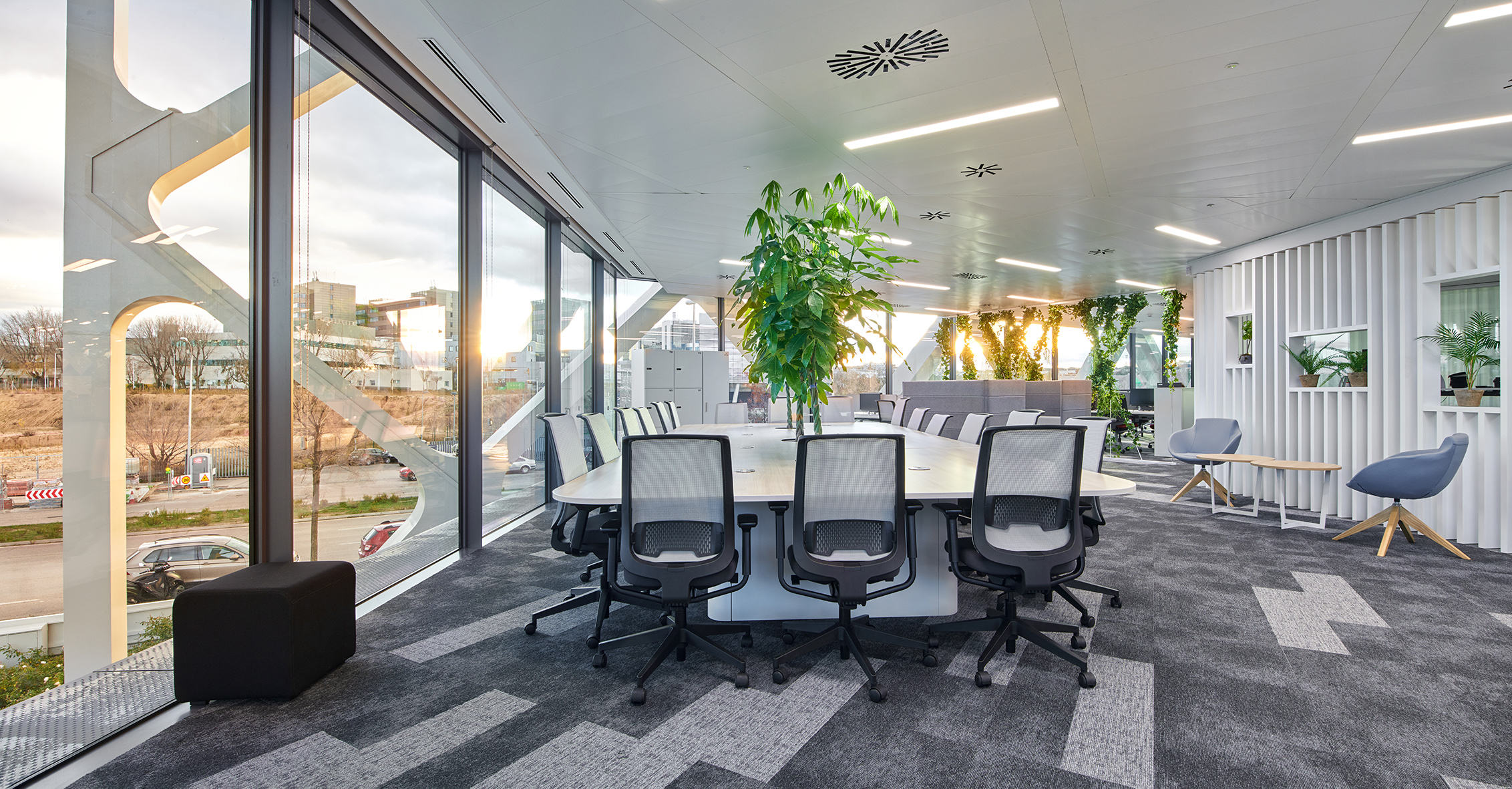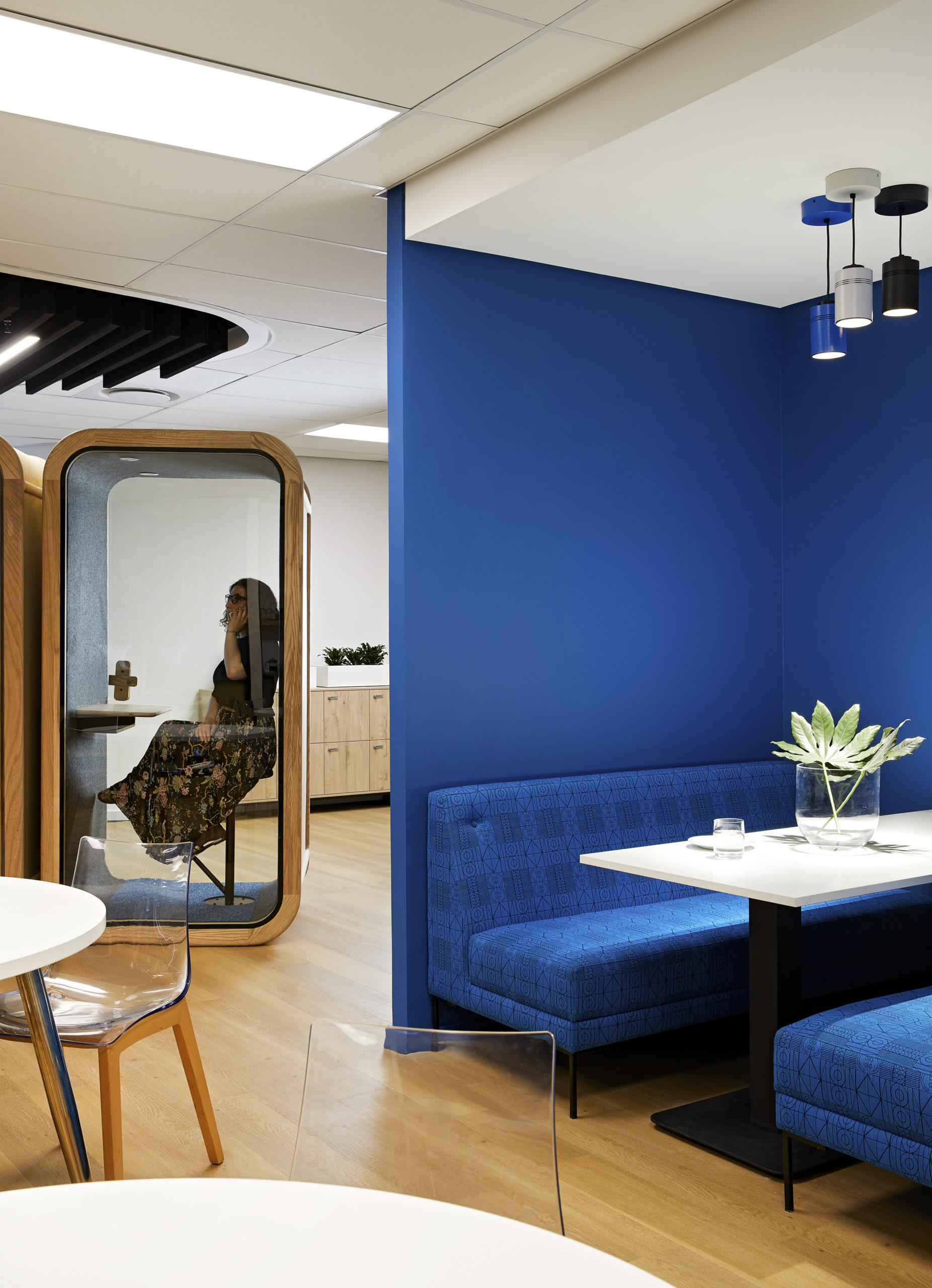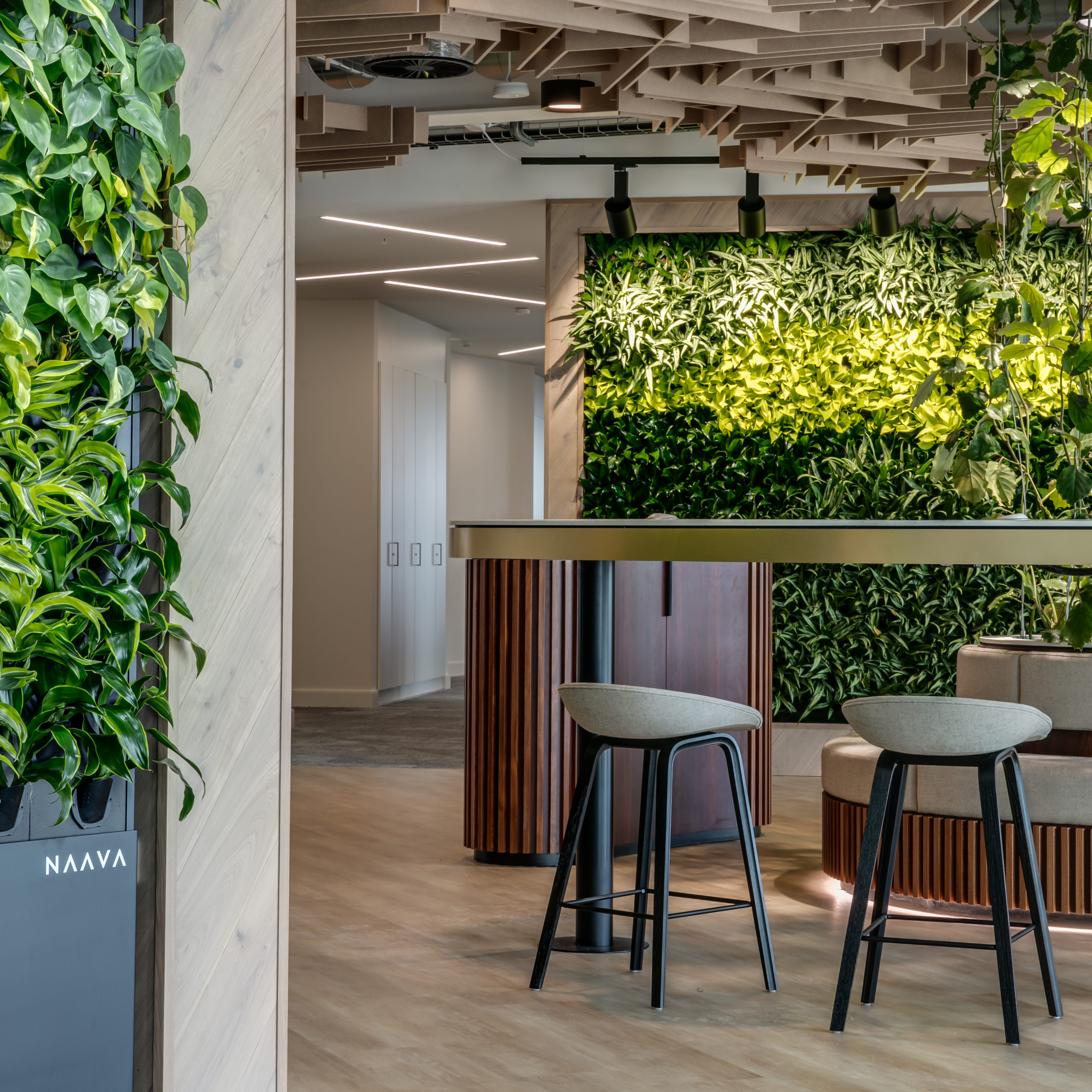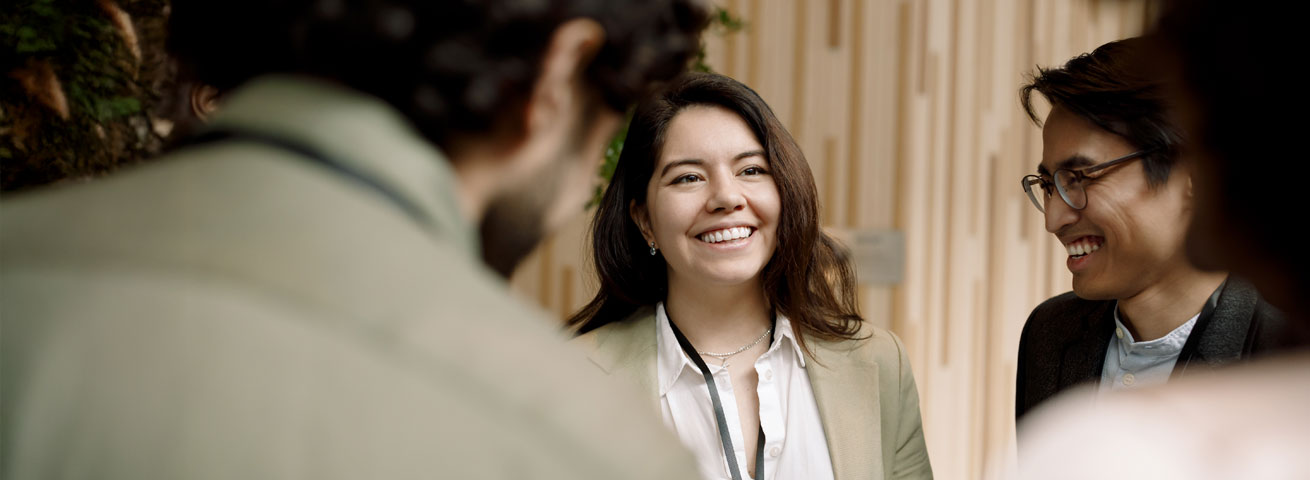You’re unique. There’s no one else like you in the world. You think in a specific way, do things according to how you feel, and react accordingly.
The importance of focusing on people as individuals has been exacerbated by the effects of the pandemic. Companies are prioritising workers’ health and wellbeing, as reflected by flexible and accommodating policies. But inclusion can’t stop there. What about those with neurodiversities? It’s time we have this conversation – one in seven people in the UK is neurodivergent and globally, 90% of disabilities aren’t visible (NeuroTribes, Steven Silberman).
It’s no secret that some of the greatest thinkers and most successful people are neurodivergent. Take Elon Musk, who made history and broke the internet when he announced on SNL that he has Asperger’s. However, that’s not hindered him – it might have even given him an edge over others. “We should celebrate neurodiversity for what it is – it’s a superpower,” says Vivek Menon, Global Product Management Director and chair of the Neurodiversity Network at JLL. “People with neurodiversities think about things differently and they think outside of the box. They are an asset to any organisation, but companies need to design their office spaces with them in mind.”
When designing for neurodiversity, it’s important to understand that people have sensory experiences and that design affects all of our five senses. Keeping light, acoustics, colour, sequencing, compartmentalisation, transition, sensory, escape, and restoration in mind will allow you to create a space that not only works for those with neurodiversities but works for everyone and their personalities.


Menon reiterates this sentiment, saying that “when you design in an inclusive way, it doesn’t just help those with neurodivergent minds, but also those who perhaps have different personalities; we can create spaces for introverts, extroverts, and anyone in between.”


“This idea of inclusive design and designing spaces for neurodivergent people actually marries up well with our Tétris Sustainability Code, which not only looks to create environmentally friendly workspaces, but is also more inclusive because we’re taking into account health and wellbeing when we design. We’re incorporating things like biophilia and green spaces, which not only achieve our sustainability goals, but also help with wellbeing as being around nature has been proven to boost people’s moods, which will be a massive help to those with neurodiversities,” says Ines Cabrita, Head of Design at Tétris Portugal.
Wellbeing at the heart of design
Nowhere is this more evident than in Natixis’ office in Porto, where Cabrita came up with a design that makes the office a destination. “People who are neurodivergent can sometimes struggle with the thought of going to the office, especially if it’s not a welcoming space that can accommodate all of their needs. When we began the project, I knew it was important to create a destination where people feel inspired and genuinely want to commute to.”
To do this, Cabrita and her team of designers created a ‘village’ concept to reflect Natixis’ global business – each village encapsulates the culture of a location where the company has offices and a presence in the market.
“One thing we need to understand is that when you’re designing for neurodiversity, you need to design with all the five senses in mind to create an immersive experience rather than just an office people work in. This encourages people to go back to the office because they know that there’s a sensory experience or a workspace that will suit their personality, how they work, and will accommodate anyone who is neurodivergent or has a disability.”
Each of these villages not only has breakout spaces for individual and collaborative work, but takes natural elements found in each of these countries and brings them to life, so the design is not just inclusive, but also sustainable. Every part of the office has been designed with wellbeing, inclusion and neurodiversity in mind.
From the bazaars of Muscat with flavoured tea stations and a sand dune space to relax, to the cork-walled Porto-inspired area where you can enjoy noise-cancelling acoustics, all five senses have been thought about in every design decision made.
“We wanted was a place where people could really switch off,” Cabrita continues. “In the Tokyo village, we drew upon the tradition of tea ceremonies. We have a sectioned off tearoom for people to switch off their devices and meditate, or simply have some quiet time to themselves. We were aware that often in offices, people don’t get the chance to fully disconnect and relax, so the tearoom was important because some people can experience sensory overload. With this Wi-Fi-free tea room, they can leave the bustle of the outside world behind and have time to themselves to recharge, unwind and clear their heads.’



The devil’s in the detail
Inclusive design will encourage people to come back to the office after more than a year of working from home. If the office is more than just a place to work and allows people to fulfil other aspects of their life such as exercise and socialising, people will make the effort to do this. However, inclusive design isn’t just about neurodiversity – it’s also about accessibility.
“We work for a global company, but not everyone understands the same languages,” says Carolina Ferreira, a designer for Tétris Portugal. “Global companies need to make sure their signs are understood by anyone who might use the office, regardless of where they’re from. It might be worth exploring using universally understood symbols alongside written signs so everyone can understand. I think we could all go a step further and even include Braille signs so that visually impaired people can navigate a space easier and can get to wherever they need to be independently – this could really empower them.”
Reimagining your office for neurodivergent people and people with disabilities not only benefits them, but everyone who visits or uses your workspace. By creating an inclusive environment that takes care of not just employees as members of staff but as individuals too, people will be motivated and encouraged to return to the office. A few tweaks in your workspace can make a huge difference!

Find out how we can help you design a more inclusive workspace


